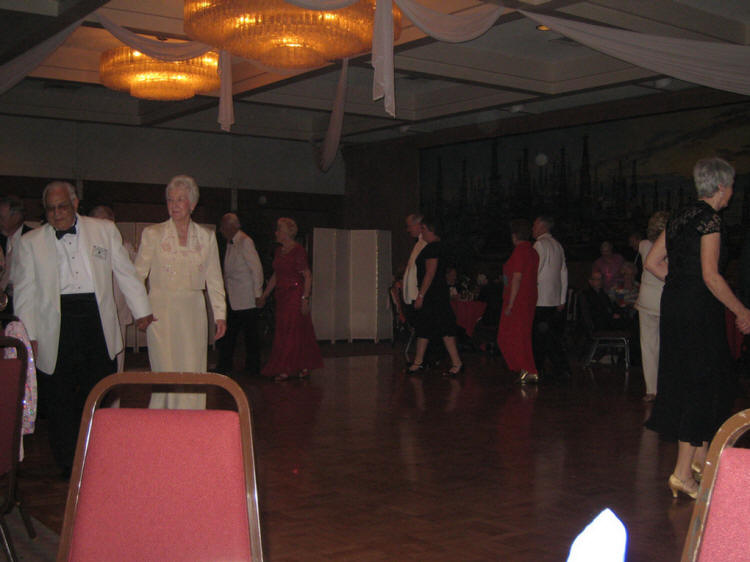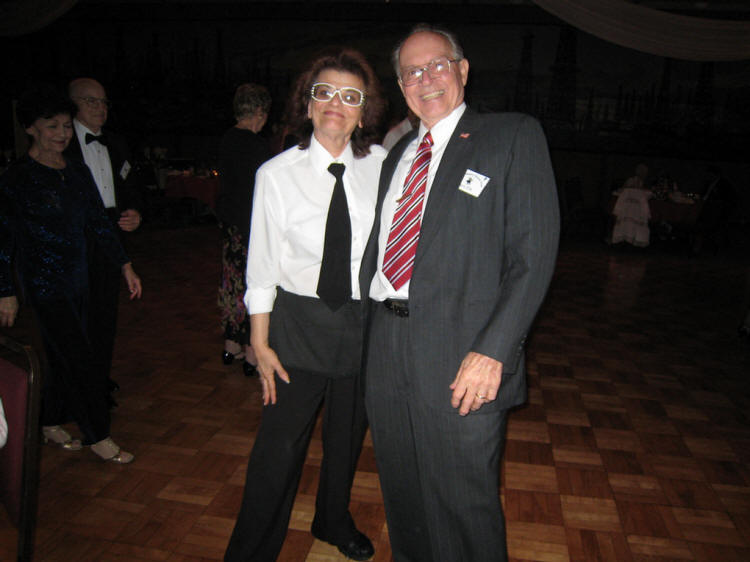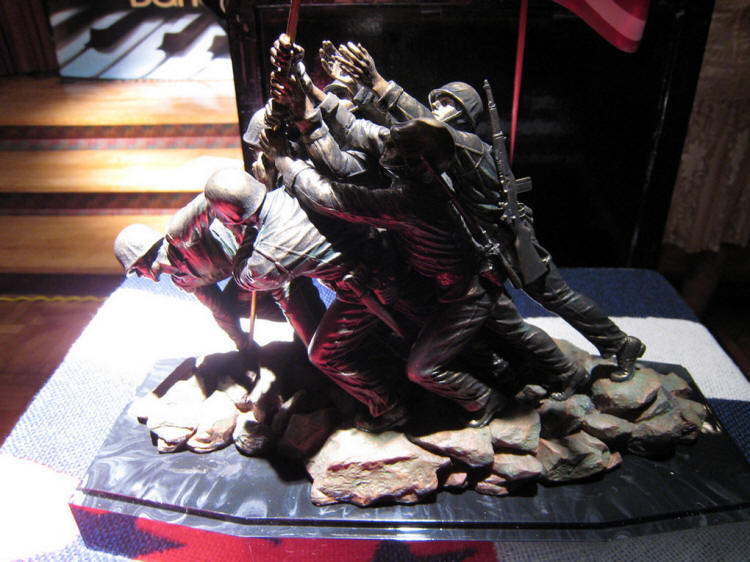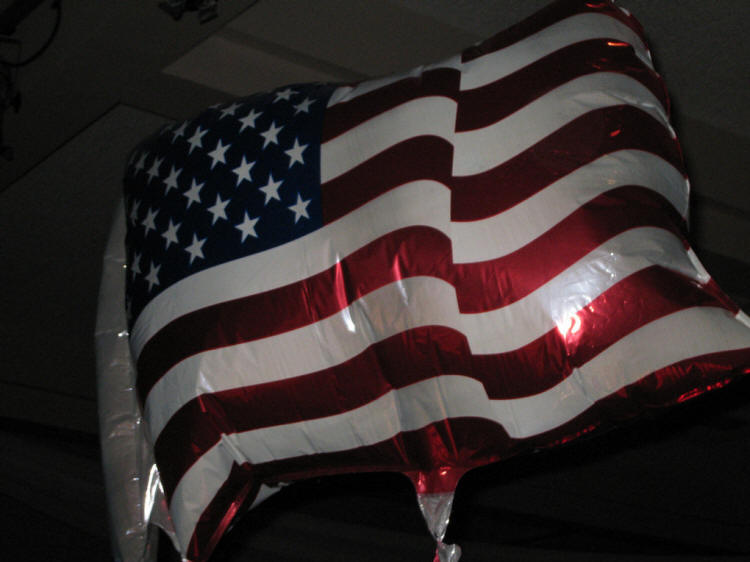Topper's Dance Club... Time For A Tribute
(May 18th 2008) Last Updated: 09/11/2019 10:38:AM
Time to get dressed up and join the fun with the Topper's Dance Club! The Topper's have been around for almost 50 years dancing to the great music of our country! We celebrate Memorial Day at the end of the dance season and this year invited the color guard from Seal Beach Navy Station to celebrate with us and post the colors.
Did You Know? -
Phil Anthony born in Milwaukee, Wisconsin and had a rock band in high school called the Knight Kaps. went on to college, U.O.Wisconsin and joined a group called the Crossfires, taking Steve Miller's place. Came to California in 1965 to record with BillyJo Burnette and did some T.V. appearances. Played many clubs backing oldie groups like the Coasters, Drifters, Platters, Chuck Berry, Jerry Lee Lewis, Shirelles, Marvelettes, etc.. Recorded on the Tower label for Mike Curb. Formed a band called The Portraits and did some movie soundtrack work and commercials. Went on the road with his band and a comedy team ( Sanetti & Rueda ) and played the Nevada circuit. Returned to L.A. during the disco craze of the 70's and opened the Bonaventure Hotel and played various hotels and discos including Dillon's in Westwood. When not performing, Phil enjoys an occasional round of golf.
Did You Know? - Commissioned in 1944 at the height of World War II as the Naval Ammunition and Net Depot, the station has seen its mission evolve with modern warfare. Originally established as an activity to receive, store and load ammunition for the Fleet, the station has developed into one of the Navy's premier weapons stations. Besides readying ships of the Pacific Fleet with the missiles, torpedoes and conventional ammunition required for deployment, the station's mission has expanded to include analyzing the performance of those weapons, and using that data to extend their life expectancy and ensure reliability.Christened Naval Weapons Station in 1962, it is the only Naval Weapons Station to share its area with a National Wildlife Refuge. Approximately 1000 acres of the Seal Beach site were designated a National Wild Life Refuge in August 1972. With the aid of the US Fish and Wildlife Service, at least five endangered species live in the protected Anaheim Bay salt marsh. The refuge constitutes one of the few remaining open, undeveloped areas of Southern California today.

Tribute To Our Military Began The Evening
The evening began with recognition of the veterans in the club and singing of the service songs form the Marines, Air Force, Army and Navy! There was not a dry eye in the house!
Let The Dancing Begin
Our Server Loves To Tango So She Did!
New Friends
Paul & Sue (Us)


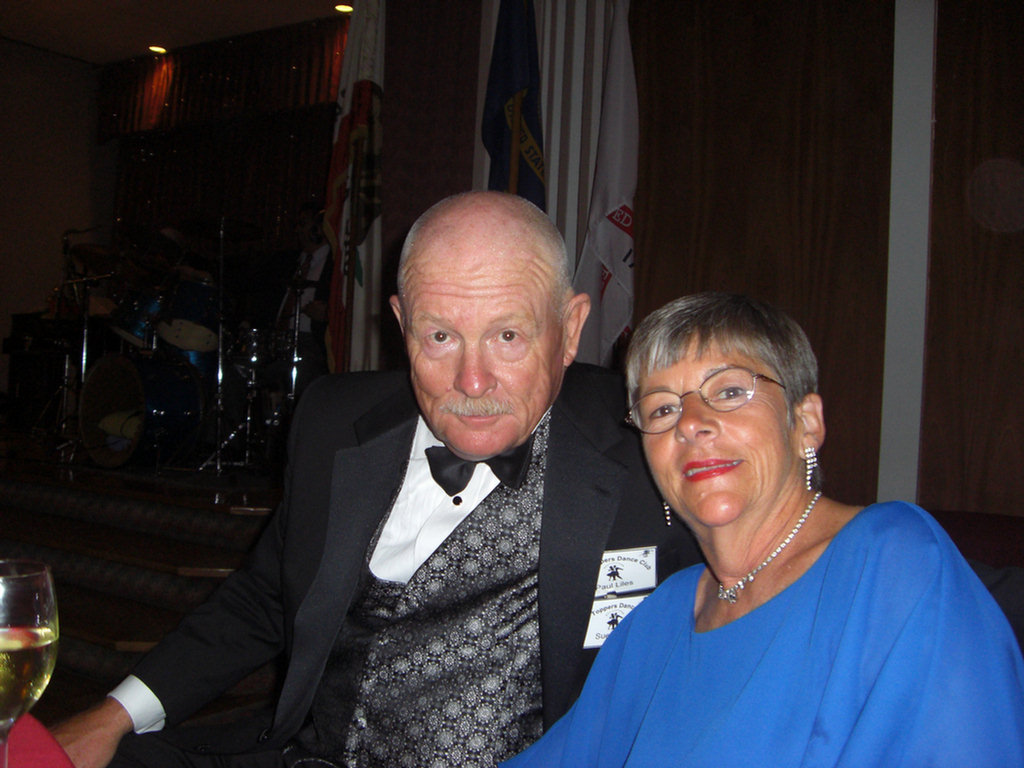
Lori & Dean
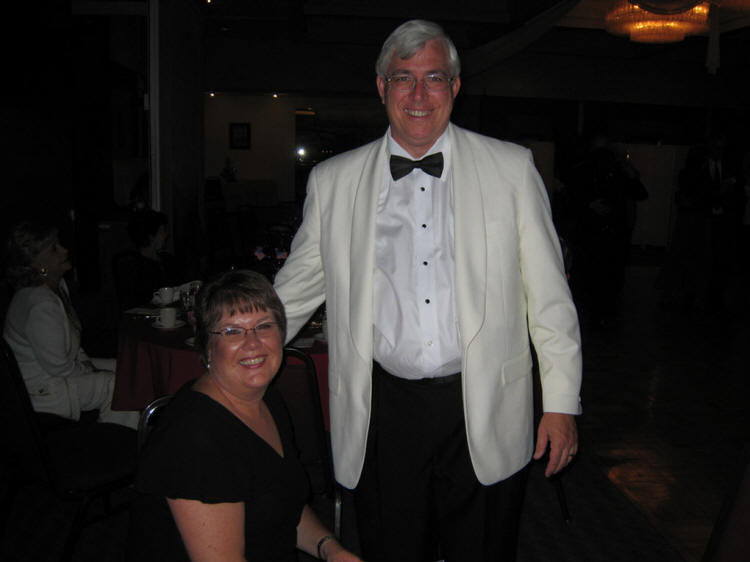
Laurie and Dean tripped the light fantastic all evening!
New Work New York Line Dance
Did You Know? -
A line dance is a formation dance in which a group of people dance in one or more lines (British English, "rows"), all facing the same direction, and executing the same choreographed movements at the same time. Line dancers are not in physical contact with each other. Older "line dances" have lines in which the dancers face each other, or the "line" is a circle, or all dancers in the "line" follow a leader around the dance floor; while holding the hand of the dancers beside them.
Jan & Jim Enjoy The Dance
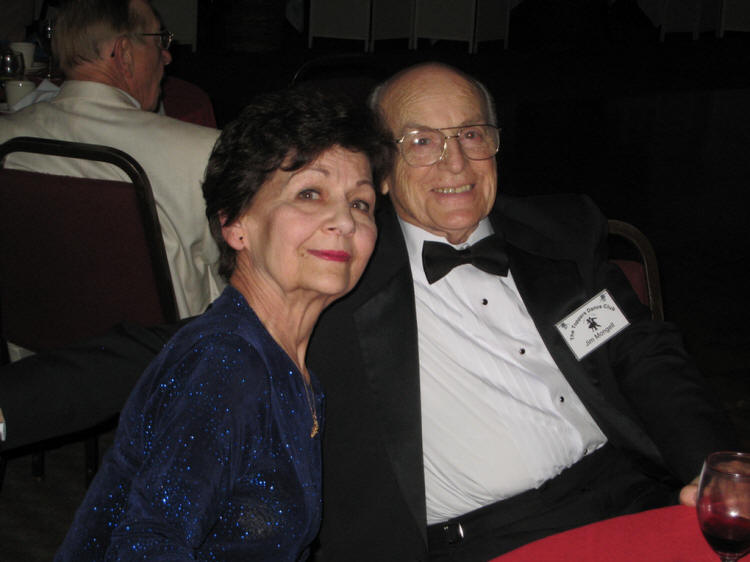
Jan is really enjoying the dance! What is this girl thinking????

It's called the "mysterious look"!
A Tribute To Our Military
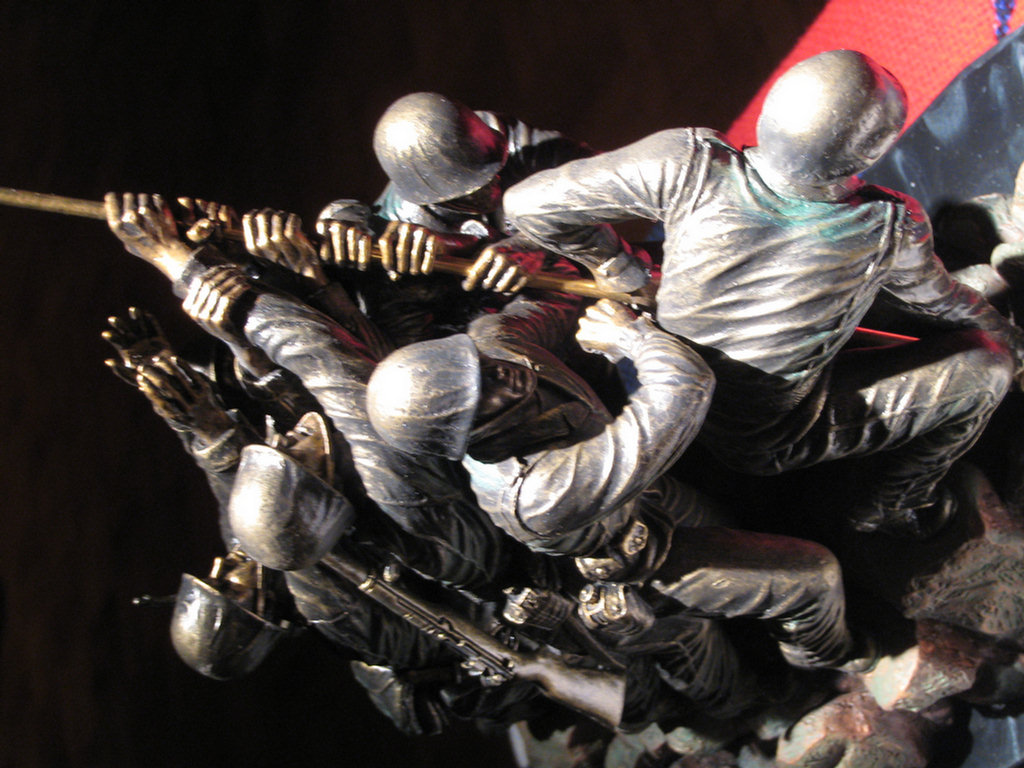
Did You Know? -
Top hats started to take over from the tricorne at the end of the 18th century.
Within twenty years top hats had become popular with all social classes, with even workmen wearing them. At that time those worn by members of the upper classes were usually made of felted beaver fur, while those worn by working men were made of rabbit fur. The hats became part of the uniforms worn by policemen and postmen and since these people spent most of their time outdoors, their hats were topped with black oilcloth.
During the early part of the 19th century felted beaver fur was gradually replaced by silk "hatter's plush", though the silk topper met with resistance from those who preferred the beaver hat. A short-lived fad in the 1820s and 1830s was the "Wellington" style of top-hat with concave sides. The peak of the top hat's popularity in the 1840s and the 1850s saw it reach its most extreme form, with ever higher crowns and narrow brims. The stovepipe hat was a variety with straight sides, while one with slightly convex sides was called the "chimney pot". The stovepipe hat was popularized in the US by Abraham Lincoln during his presidency; it is said that Lincoln would keep important letters inside the hat.
During the middle part of the 19th century the top hat developed from a fashion into a symbol of urban respectability, and this was assured when Prince Albert started wearing them in 1850; the subsequent rise in popularity of the top hat led to a decline in beaver hats, sharply reducing the size of the beaver-trapping industry in North America.
The 19th century is sometimes known as the Century of the Top Hat. The historian James Laver once made the observation that an assemblage of "toppers" looked like factory chimneys and thus added to the mood of the industrial era. In England, post-Brummel dandies went in for flared crowns and swooping brims. Their counterparts in France, known as the “Incroyables,” wore top hats of such outlandish dimensions that there was no room for them in overcrowded cloakrooms until Antoine Gibus came along in 1823 and invented the collapsible top hat. Such hats are often called an opera hat, though the term can also be synonymous with any top hat, or any tall formal men's hat. In the 1920s they were also often called high hats.
However, at its peak in popularity a reaction developed against the top hat, with the middle classes adopting bowler hats and soft felt hats such as fedoras, which were more convenient for city life, as well as being suitable for mass production. In comparison, a top hat needed to be handmade by a skilled hatter, with few young people willing to take up what was obviously a dying trade. The top hat became associated with the upper class, becoming a target for satirists and social critics. It was particularly used as a symbol of capitalism in cartoons in socialist and communist media, long after the headgear had been abandoned by those satirised.It was a part of the dress of Uncle Sam and used as a symbol of US monopoly power. By the end of World War I it had become a rarity in everyday life, though it continued to be worn daily for formal wear confined to smaller groups, such as in London various positions in the Bank of England and City stockbroking, or boys at public schools.


